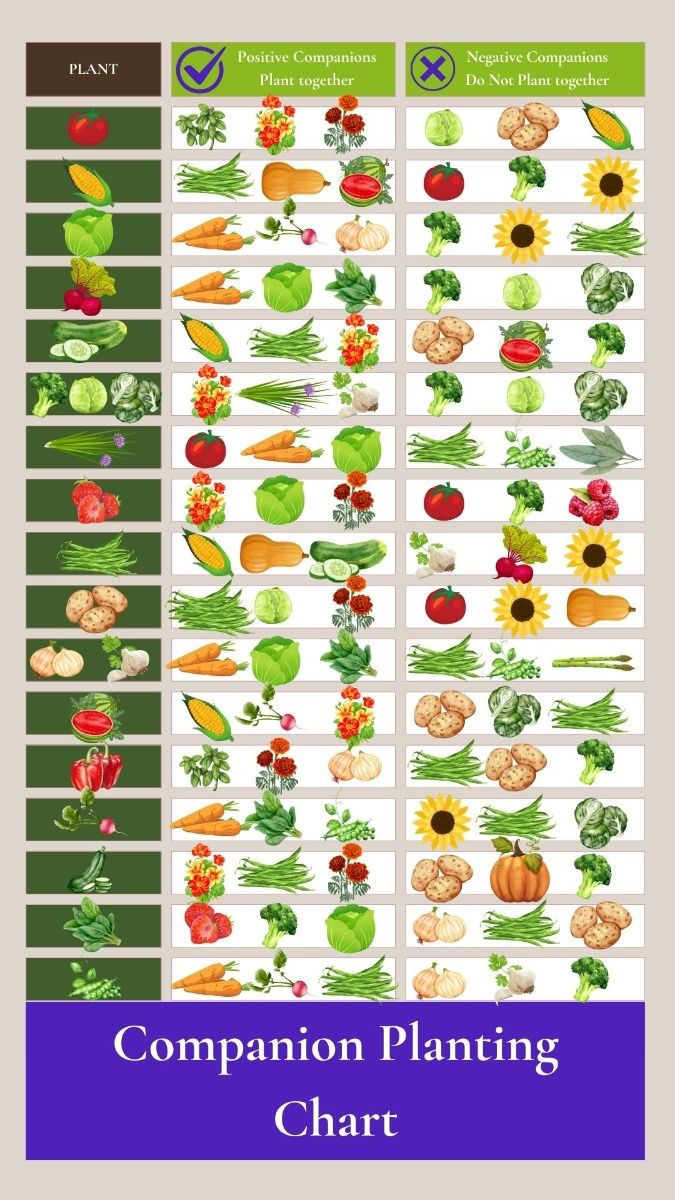Planning Your Raised Garden Bed with Companion Planting
- Angela Kuchenbecker
- May 1
- 3 min read
So, you're thinking about setting up a raised garden bed? Awesome! One of the coolest ways to do this is by using the companion planting method. This is all about pairing different plants together so they help each other grow, keep pests away, and make the most of your space.
What’s Companion Planting All About?
Companion planting is pretty straightforward. Some plants just get along better than others! They can help each other out by attracting good bugs, scaring off the bad ones, boosting soil nutrients, or even providing some support. For example, if you plant marigolds with your veggies, they can keep pesky nematodes at bay. And beans? They’re great for adding nitrogen to the soil, which is a win for their neighbors!
Choosing the Right Plant Buddies
First things first: you need to pick the right plants that will play nice together. Do a little research on which species get along. For instance, tomatoes and basil are a classic duo! Basil not only makes tomatoes taste better but also helps keep some pests away. Just make sure you avoid pairing plants that might fight for nutrients or space.
Sketching Out Your Garden Layout
Once you’ve got your plant buddies sorted, it’s time to sketch out how your raised garden bed will look. Think about how tall each plant will grow so the taller ones don’t block the sunlight from the shorter ones. For example, putting sunflowers or corn at the back lets shorter plants like lettuce or radishes soak up all that sun. Also, grouping plants with similar water and light needs will make your life a lot easier when it comes to maintenance! Subscribe to this website to get FREEBIES — including a PDF download of this garden bed layout.

This site contains product affiliate links. We may receive a commission if you make a purchase after clicking on one of these links. As an Amazon Associate, I earn from qualifying purchases. For more info, click here.
Making the Most of Vertical Space
Don’t forget about going up! Using trellises or vertical planters can really help you maximize your space. Climbing plants like peas or cucumbers can grow upwards, leaving more room on the ground for other crops. Plus, this helps with air circulation and keeps fungal diseases at bay.

Adding Herbs and Flowers
Throwing in some herbs and flowers can really boost your garden’s health. Herbs like dill and cilantro attract beneficial insects, while flowers like nasturtiums can draw pests away from your more delicate plants.
Thinking Ahead with Succession Planting
To keep your garden productive, consider succession planting. This means you can plant new crops in the same spot after you harvest the old ones. For example, after you pick your early-season veggies, you can toss in some quick-growing radishes or lettuce. Keeps things fresh and productive!
Keep an Eye on Things
After you’ve planted everything, it’s important to check in on your garden regularly. Watch how the plants interact and be ready to make changes if needed. If some plants aren’t doing well or are getting crowded out, don’t hesitate to rearrange things or swap out some plants for better companions.
Wrapping It Up
Planning your raised garden bed with the companion planting method can lead to a thriving and productive garden. By choosing plants that work well together, designing a smart layout, using vertical space, and adding herbs and flowers, you can create a garden that not only looks good but also grows great. With a little planning and some ongoing care, your raised garden bed can give you a fantastic harvest all season long!









Comments